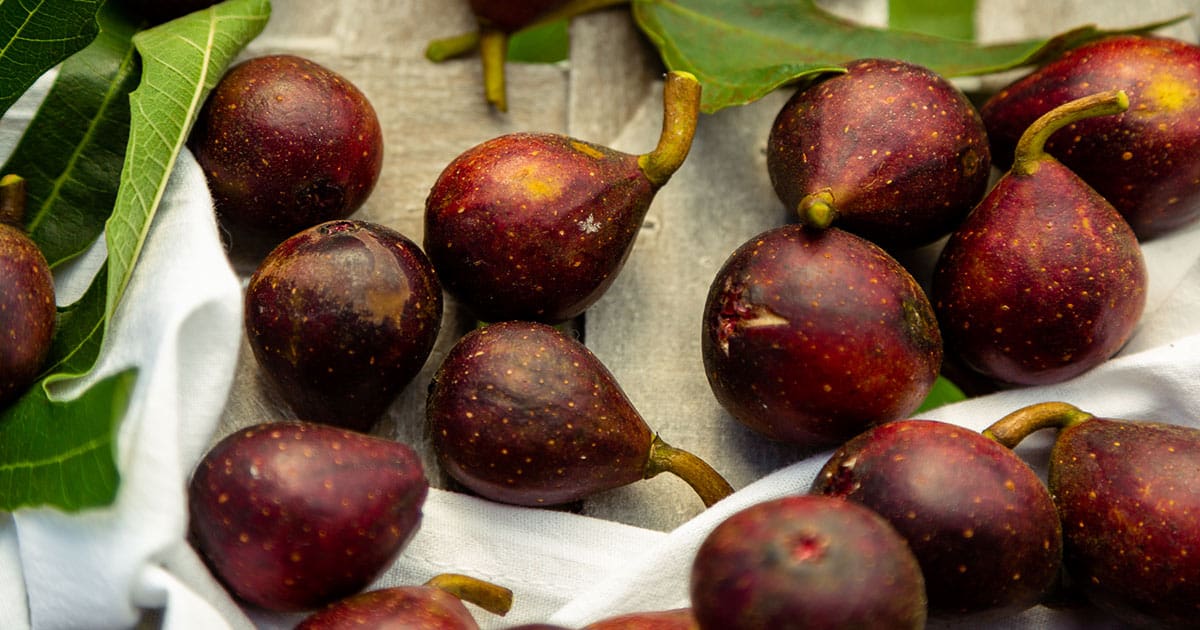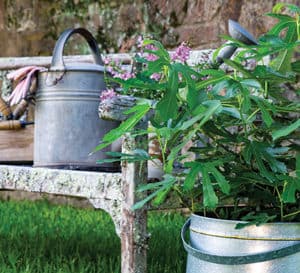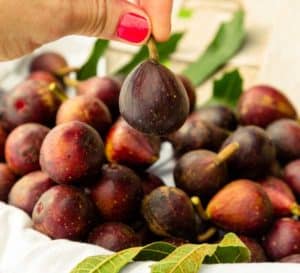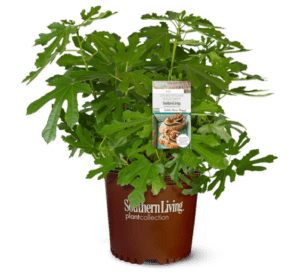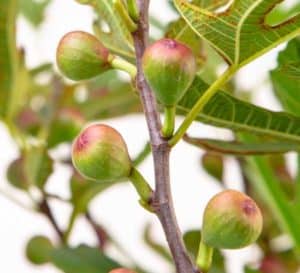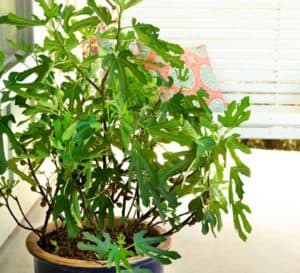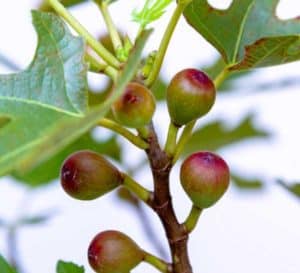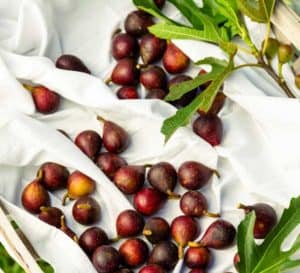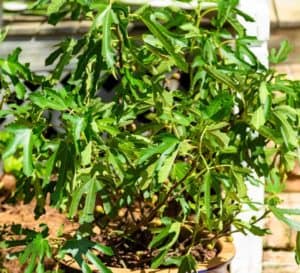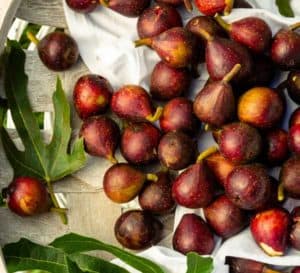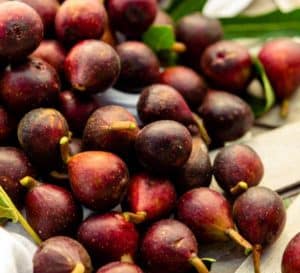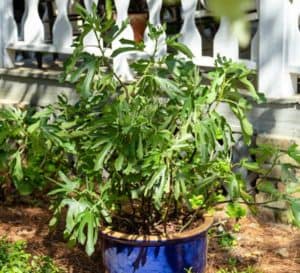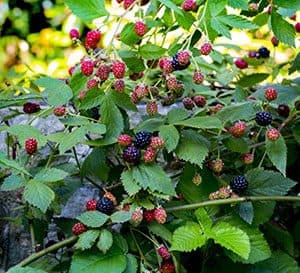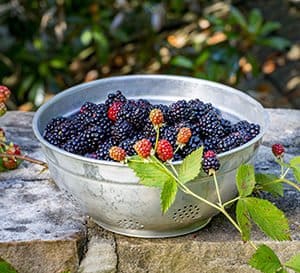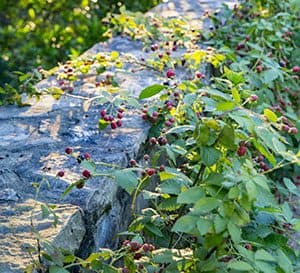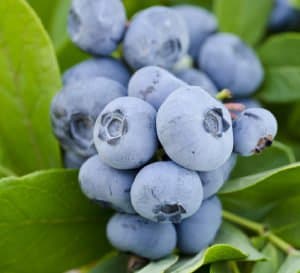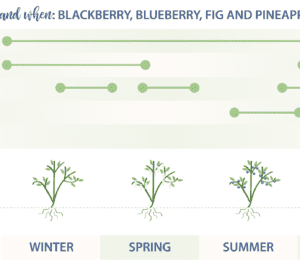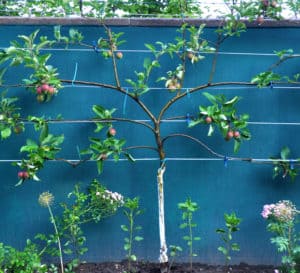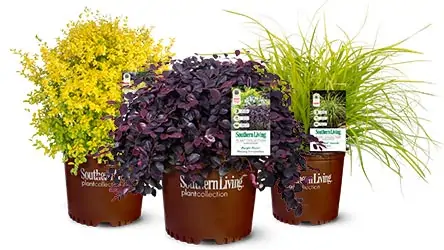Little Miss Figgy: The Ideal Dwarf Fig Tree
Little Miss Figgy fig tree is renowned for its striking appearance and delectable fruit. This compact tree features lush, deep green leaves with a slight gloss, making it an attractive addition to any garden. Its unique, bushy growth habit allows it to thrive in smaller spaces, perfect for urban gardens or patio planting. The sweet, succulent figs are a delight to the palate and serve as a captivating focal point in your outdoor space.
Little Miss Figgy flourishes in warm climates and is ideally suited for USDA Zones 7 to 10. It thrives in full sun, requiring at least six hours of direct sunlight each day for optimal fruit production. This variety is also drought-tolerant once established, making it a low-maintenance choice for gardeners who want fresh figs without extensive upkeep. Well-draining soil is essential to prevent root rot and foster healthy growth.
Typically, Little Miss Figgy grows to a manageable height of about 3 to 5 feet, making it perfect for home gardens with limited space. Its compact size and dense foliage create a charming presence that can be easily integrated into garden beds, borders, or large containers. This tree’s growth habit ensures a bountiful harvest and visual appeal year-round, making Little Miss Figgy a wonderful choice for any garden enthusiast.
Planting and Care Tips
When planting your Little Miss Figgy, choose an ideal location that receives full sun. Ensure the soil is well-draining; a mix of loamy soil with compost will provide the necessary nutrients and drainage for optimal growth. Dig a hole twice the width of the root ball but no deeper than the root ball itself. Gently place the plant in the hole, and backfill it with soil, and water thoroughly to eliminate air pockets.
Watering is crucial for the health of your Little Miss Figgy. During the initial stages after planting, keep the soil consistently moist but not soggy. Once established, this hardy fig is somewhat drought-tolerant, so reduce watering frequency to every 1-2 weeks, depending on rainfall and temperature. Fertilize your fig with a balanced, slow-release fertilizer in early spring to encourage healthy growth and fruit production. Aim for a soil pH between 6.0 and 6.8 to ensure optimal nutrient uptake.
While Little Miss Figgy is generally resilient, it’s essential to monitor for common pests and diseases. Aphids and spider mites can occasionally infest your plants, so watch for any signs of distress. If you notice yellowing leaves or a sticky residue, act quickly with insecticidal soap or neem oil. Fungal diseases like root rot can occur if the soil is too wet, so ensure proper drainage. With these care tips, your Miss Figgy will flourish and reward you with delicious figs for years to come!

